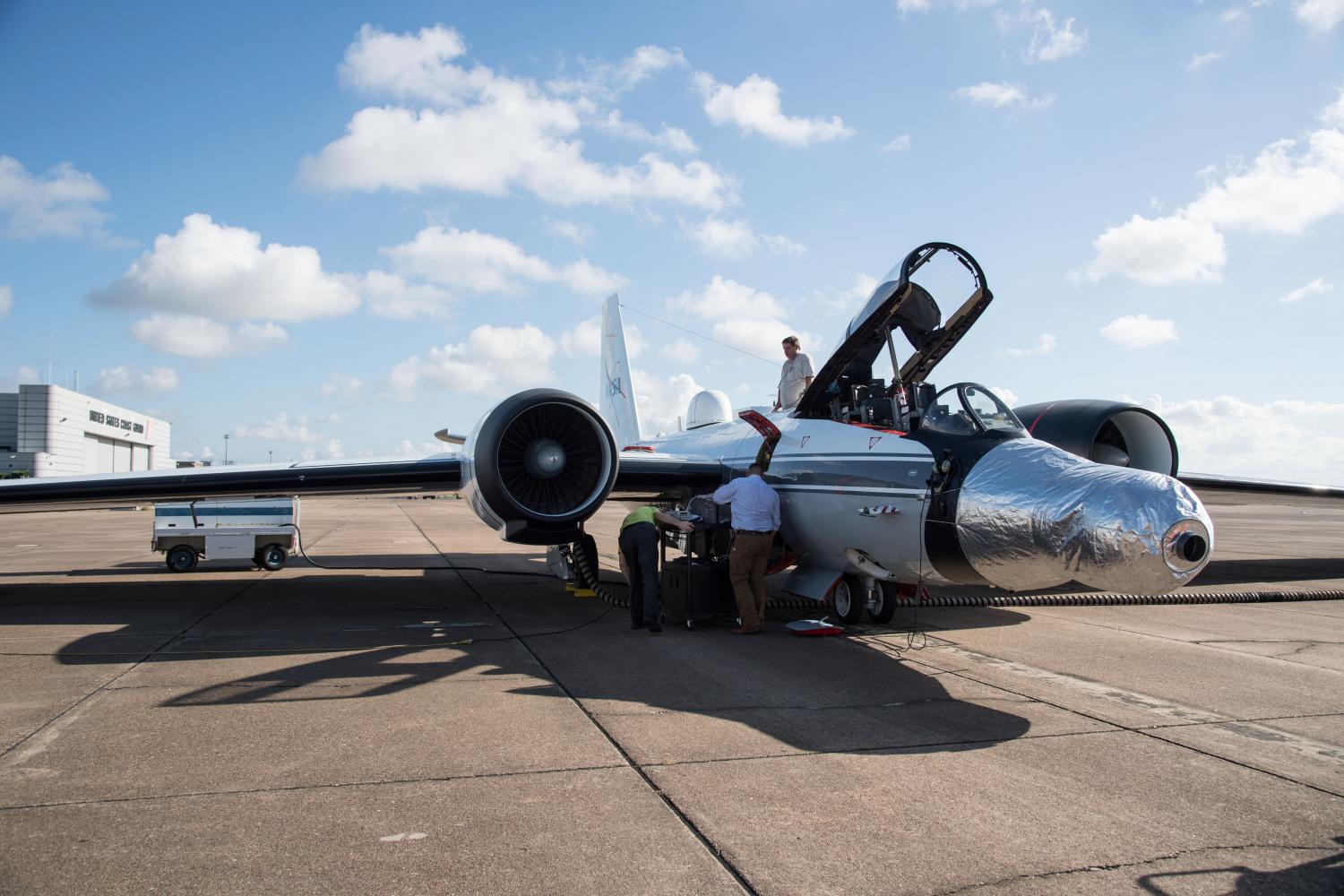Best Ways to Watch a Solar Eclipse? Try Research Jets at 50,000 Feet
September 14, 2017
Last month on August 21, millions turned their eyes up to the sky under special viewing glasses to observe the first total eclipse in the contiguous, or mainland, United States since 1979.
Although the area of Turlock only got to see a partial eclipse (three-quarters of the sun was gone!), those in Oregon were the first in the country to watch the sun disappear completely behind the moon.
For many of those people, the solar eclipse was a fascinating but brief event—stunning to see, but not much more than a five-minute break to step outside or a call to work about a day off to travel to the path of totality.
However, for scientists and research organizations like NASA, the 2017 solar eclipse represented a rare opportunity for unique experiments and observations to be made on U.S. soil.
At any other time, the sun’s corona is too faint against the full light of day for useful observation. Even disks placed up to cover the sun like a false eclipse produce poor images thanks to diffraction. But during a total solar eclipse, diffraction becomes no problem, and a bright corona against a backdrop of dark sky makes it easy for scientists to see, record, and photograph details that would be otherwise impossible to spot.
So during the August 21 eclipse as part of a larger project, NASA-funded scientists took a pair of WB-57F research jets to follow the moon’s shadow and “lengthen” their visual of a total eclipse—and the sun’s corona—from two minutes to over seven.
The research team’s principal investigator was Dr. Amir Caspi of the Southwest Research Institute (SwRI) and included co-investigators Dr. Dan Seaton of the University of Colorado and Dr. Constantine Tseng of the SwRI.
“These could well turn out to be the best ever observations of high frequency phenomena in the corona,” said Seaton. “Extending the observing time and going to very high altitude might allow us to see a few events or track waves that would be essentially invisible in just two minutes of observations from the ground.”
The observations taken on these planes will be used for studying aspects of the sun’s corona and answer some questions, such as how the corona manages to be up to hundreds of times hotter than the surface of the sun below.
The first attempt at a full thermal map of Mercury was also captured. Under regular circumstances, daylight or atmospheric distortions make it difficult to observe the planet’s surface. But under the unique conditions of the solar eclipse, the thermal images will be able to reveal how quickly Mercury’s surface heats up and cools. This may allow scientists to deduce what materials the planet’s surface is composed of and how tightly the soil’s packed together.
“How the temperature changes across the surface gives us information about the thermophysical properties of Mercury’s soil,” stated Tsang, “down to depths of about a few centimeters, something that has never been measured before.”
The results of this impressive project have yet to be revealed—but until then, enjoy the hundreds of videos and images of the solar eclipse already up on the Internet, including NASA’s own gallery on their 2017 solar eclipse website.
